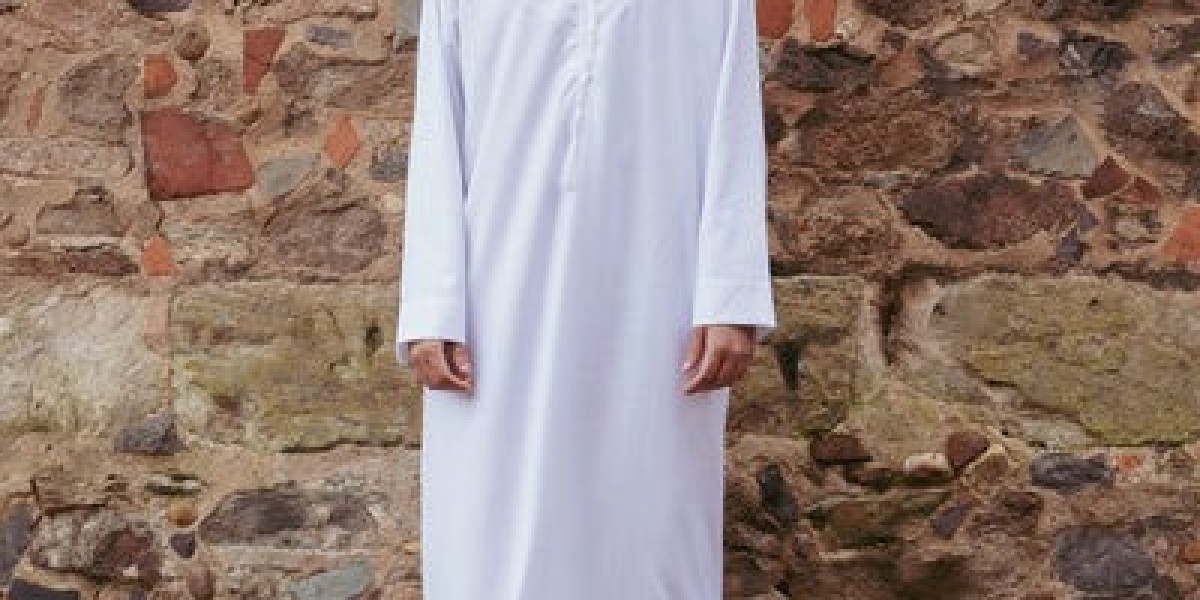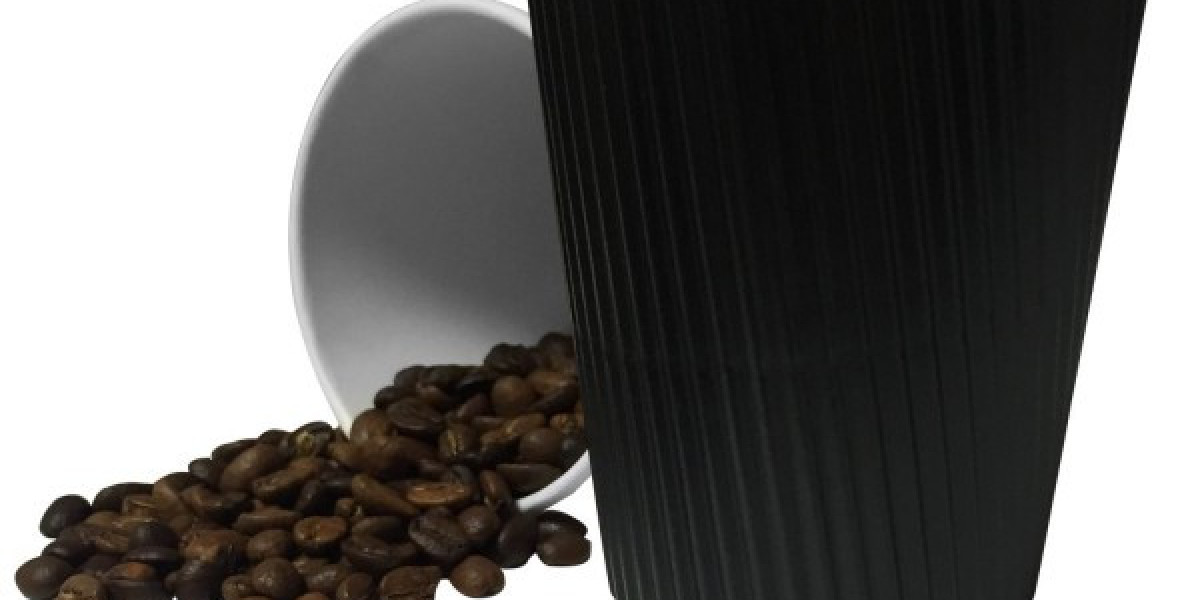The dishdasha, also known as kandura or thobe in various regions, is a traditional garment worn by men in many Middle Eastern countries. Its history, cultural significance, and contemporary relevance make it a fascinating subject of study. This article explores the dishdasha in depth, covering its origins, design variations, cultural symbolism, and modern men's adaptations.
Origins and Historical Background
The dishdasha's origins can be traced back centuries to the Arabian Peninsula, where it evolved as a practical garment suited to the region's climate and cultural traditions. Originally crafted from natural fibers such as cotton or wool, the dishdasha served as both protection from the harsh desert environment and a symbol of modesty and respectability.
Over time, the design of the dishdasha has undergone subtle changes influenced by social, economic, and cultural factors. What began as a simple, functional garment has evolved into a garment that reflects both tradition and contemporary fashion trends.
Design and Construction
The dishdasha typically consists of a long robe-like garment, generally ankle-length, with long sleeves. It is characterized by its loose and flowing fit, which provides comfort in hot climates. Traditionally, the garment is white or off-white in color, reflecting cultural preferences for modesty and practicality in the desert heat.
The neckline of the dishdasha varies across regions and personal preferences. Some styles feature a simple round neck, while others have a collar or a small embroidered placket. The sleeves may be plain or adorned with cuffs, and some modern variations include decorative stitching or subtle patterns along the edges.
Cultural Symbolism and Significance
In Middle Eastern culture, the dishdasha holds significant symbolic value. It is often associated with notions of tradition, dignity, and social status. The garment's simplicity and elegance are admired, and its white color symbolizes purity, peace, and simplicity. Wearing a dishdasha is not only a matter of comfort but also a statement of cultural identity and pride.
Regional Variations
While the basic silhouette of the dishdasha remains consistent across the Middle East, regional variations in design and decoration reflect local customs and preferences. For example, in the Gulf countries such as Saudi Arabia, Kuwait, and the UAE, dishdashas are typically ankle-length with wide sleeves and a collarless neckline. In contrast, in Oman and parts of Yemen, dishdashas may feature elaborate embroidery along the neckline and cuffs, often in contrasting colors.
Modern Adaptations and Fashion Trends
In recent years, the dishdasha has seen a resurgence in popularity, not only as traditional attire but also as a fashion statement. Designers have begun to experiment with fabrics, colors, and cuts, offering modern interpretations of this classic garment. Some men opt for lighter fabrics and shorter lengths for a more casual look, while others embrace traditional styles with a contemporary twist.
Wearing the Dishdasha
The dishdasha is worn on various occasions, ranging from everyday activities to formal events and religious ceremonies. Its versatility and comfort make it a preferred choice for many men in the region. The garment is often accessorized with a head covering, such as a ghutra (headscarf) or keffiyeh, and agal (a cord used to secure the head covering).
Maintenance and Care
Caring for a dishdasha involves following traditional methods that ensure the garment retains its shape and quality. Washing by hand and air-drying are commonly recommended to preserve the fabric and embroidery. Some dishdashas may require professional cleaning due to delicate materials or intricate embellishments.
Conclusion
The dishdasha embodies centuries of tradition, craftsmanship, and cultural significance in the Middle East. Its timeless design, coupled with its practicality and symbolism, continues to make it a staple in men's wardrobes across the region and beyond. Whether worn for religious observances, formal gatherings, or everyday wear, the dishdasha remains a symbol of identity and heritage for those who wear it proudly. As fashion evolves, the dishdasha adapts, showcasing its enduring appeal and relevance in the modern world. Visit the official website of newarabia.co.uk








